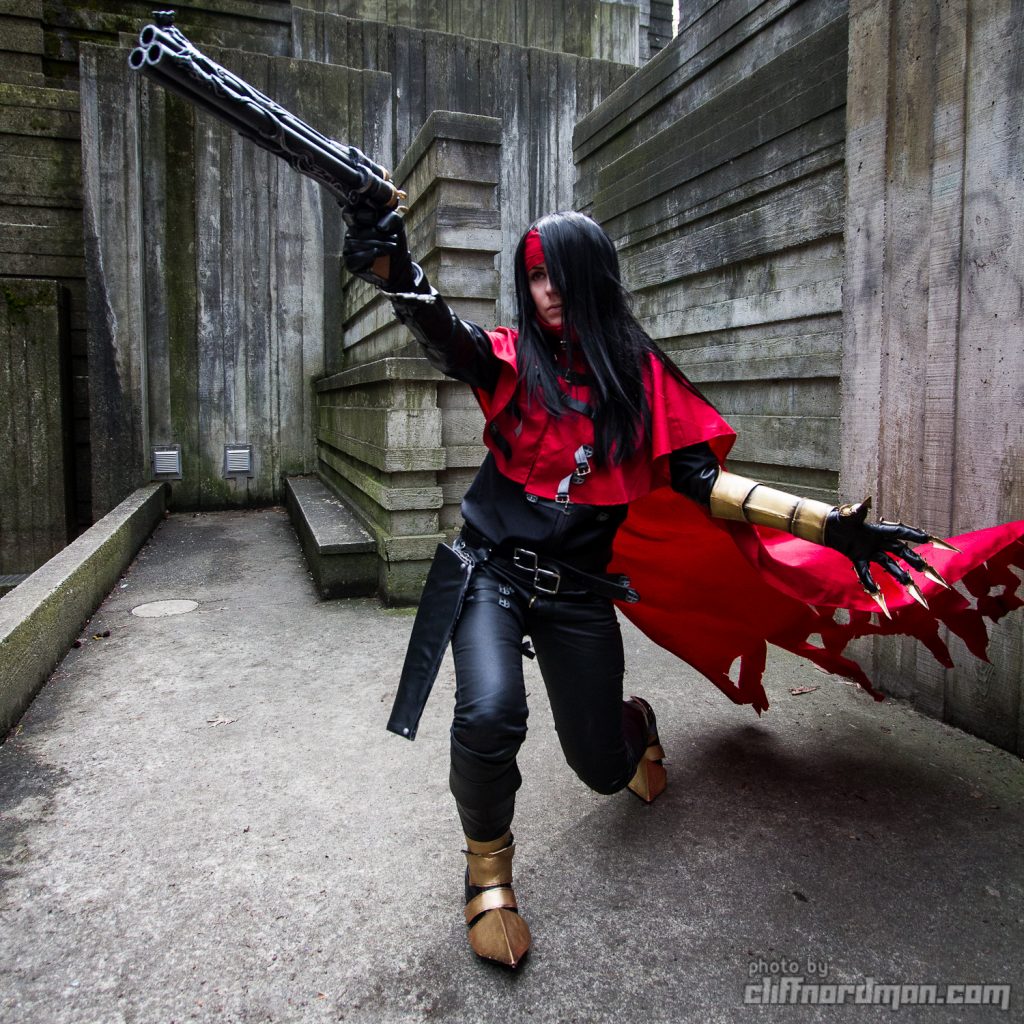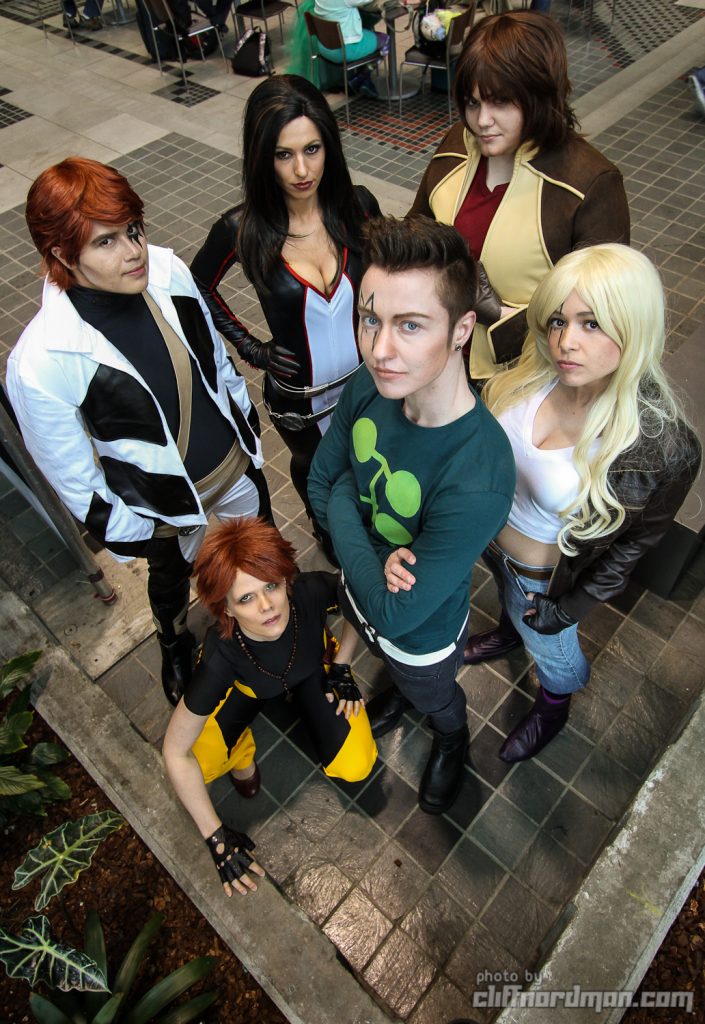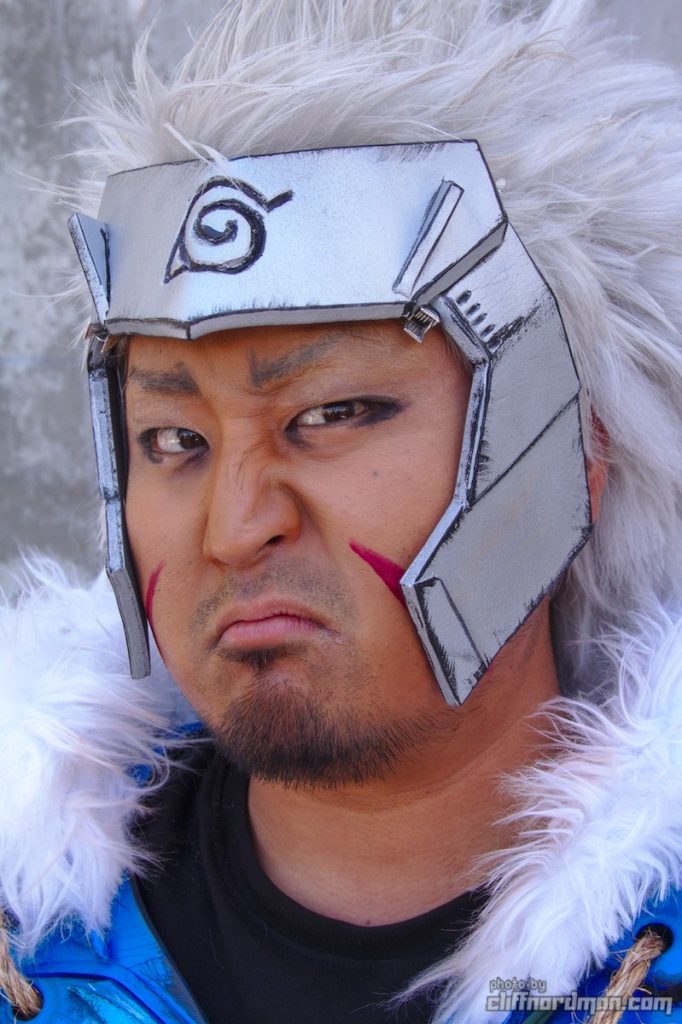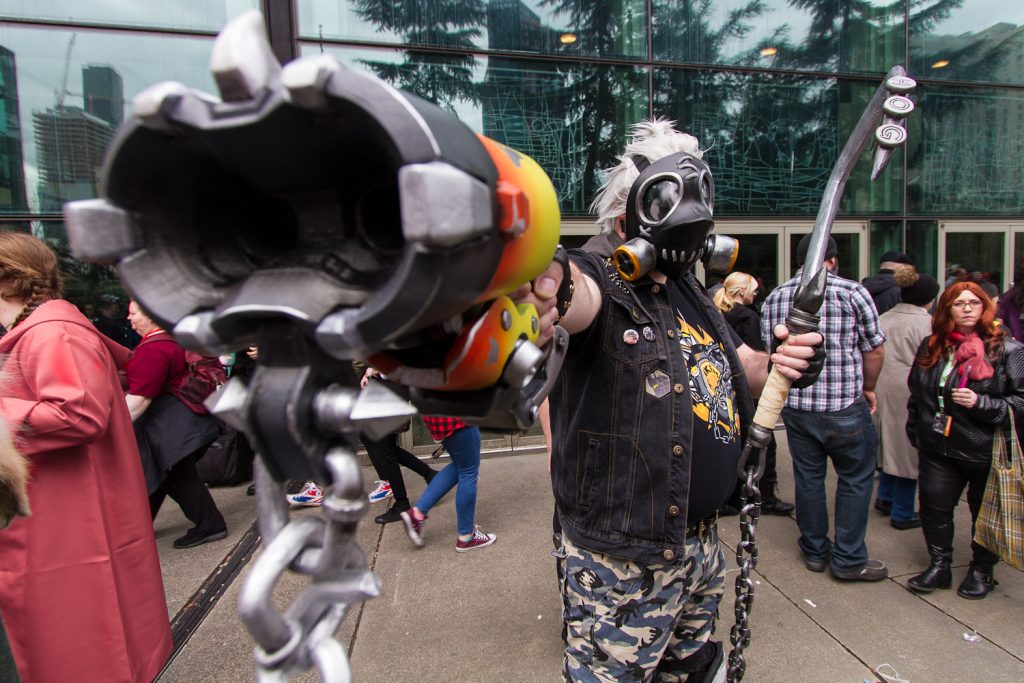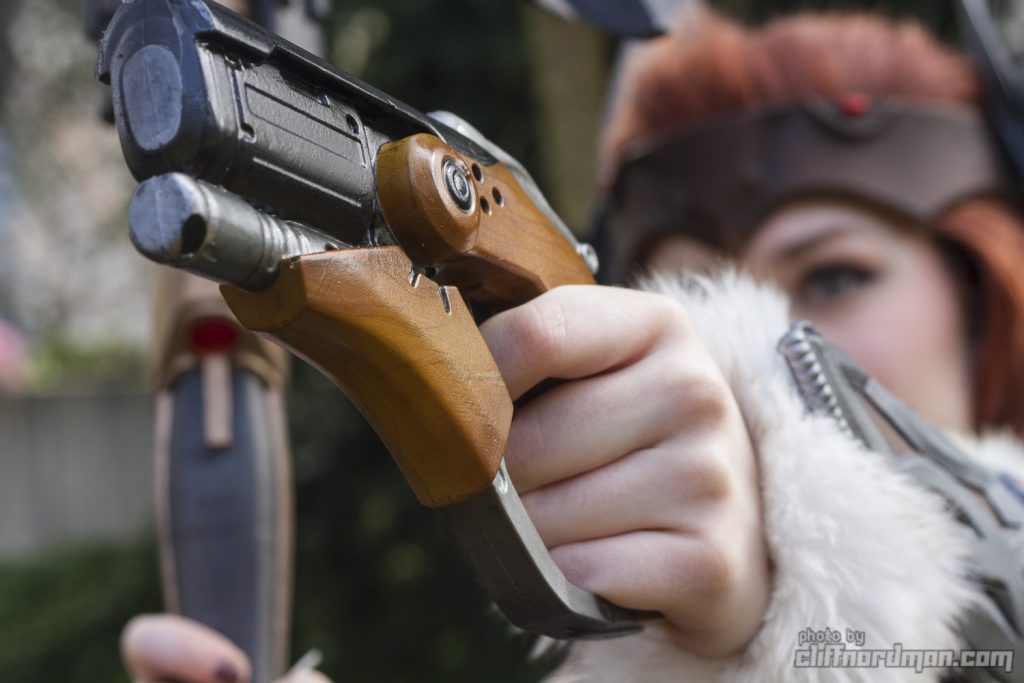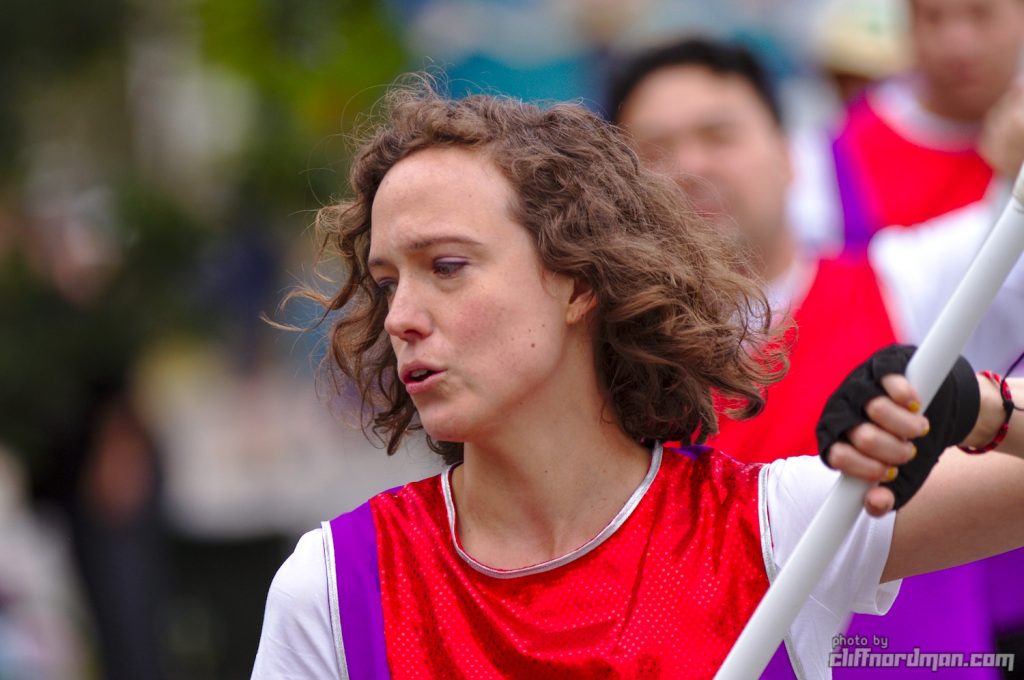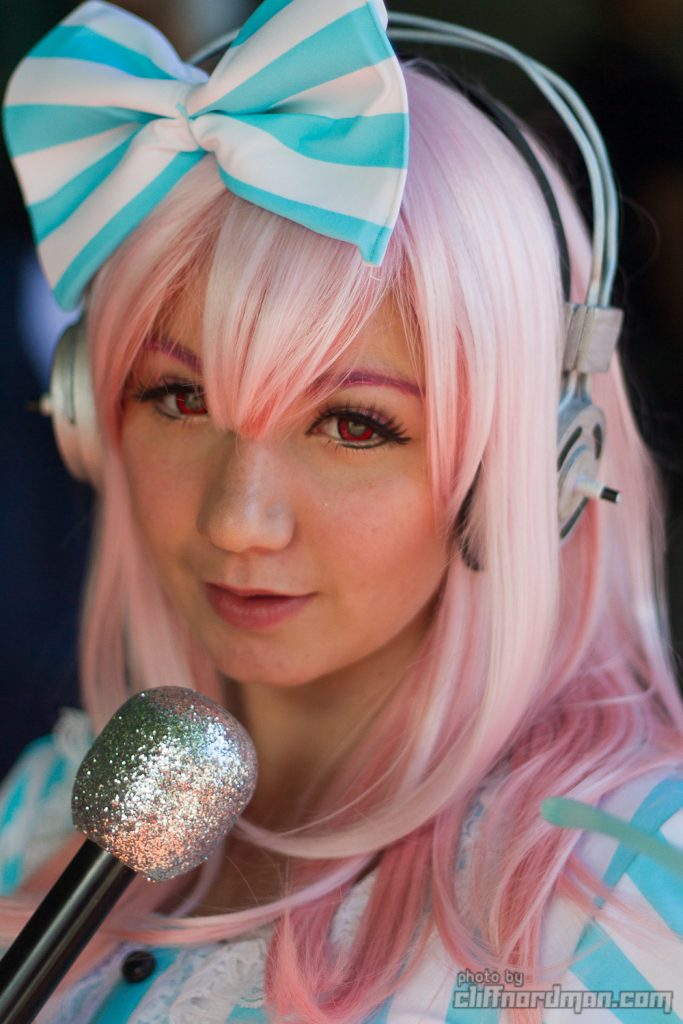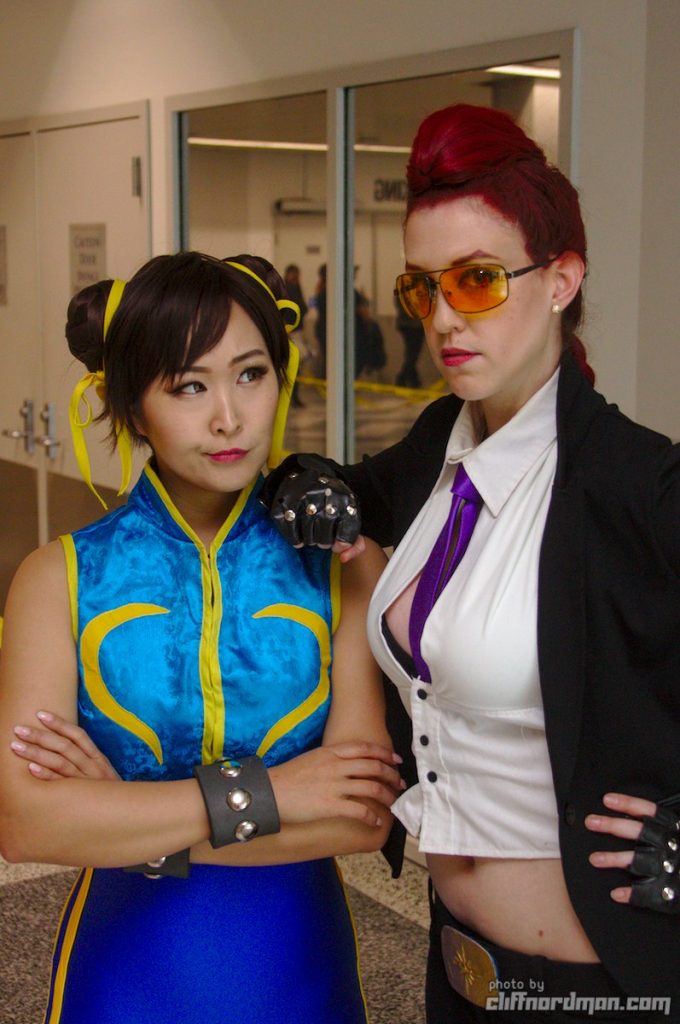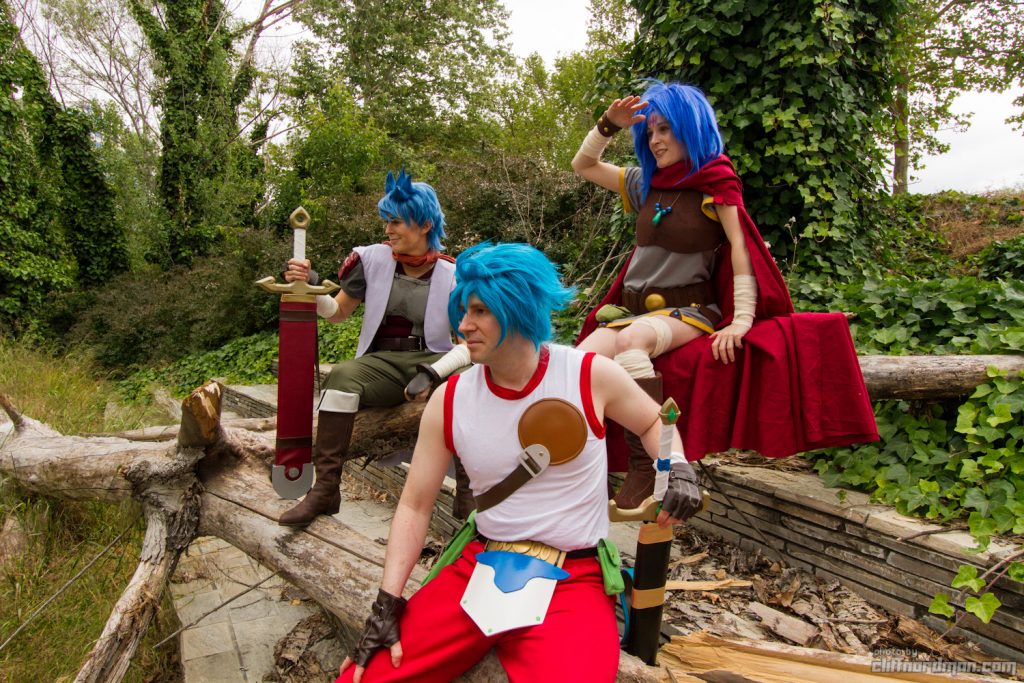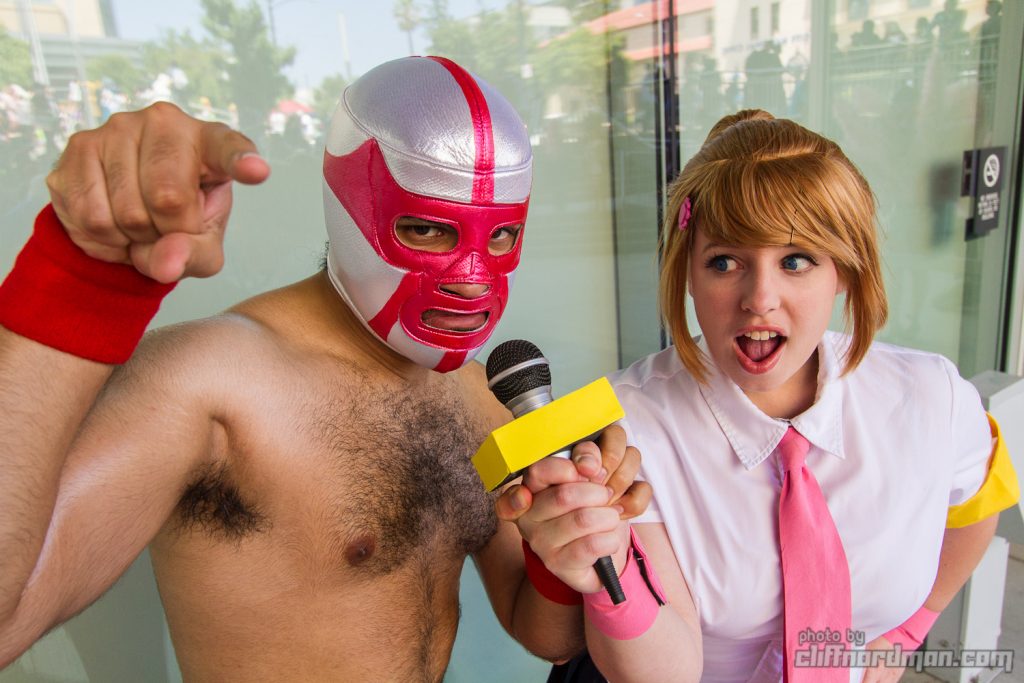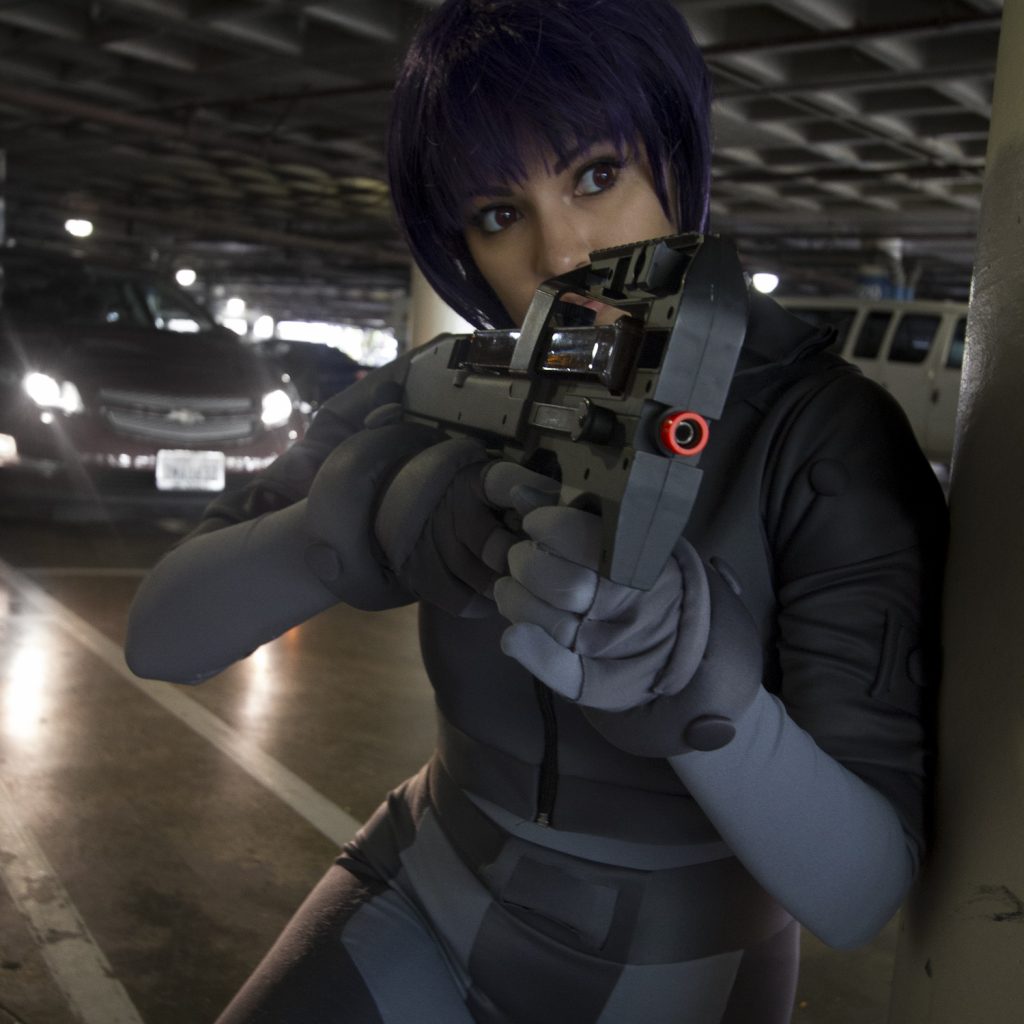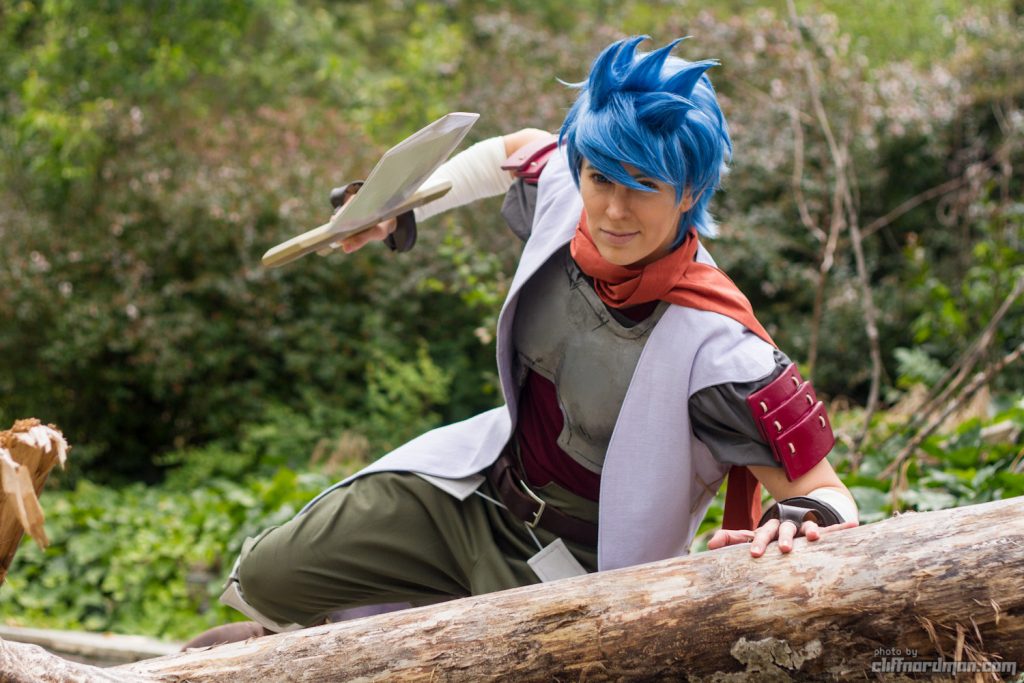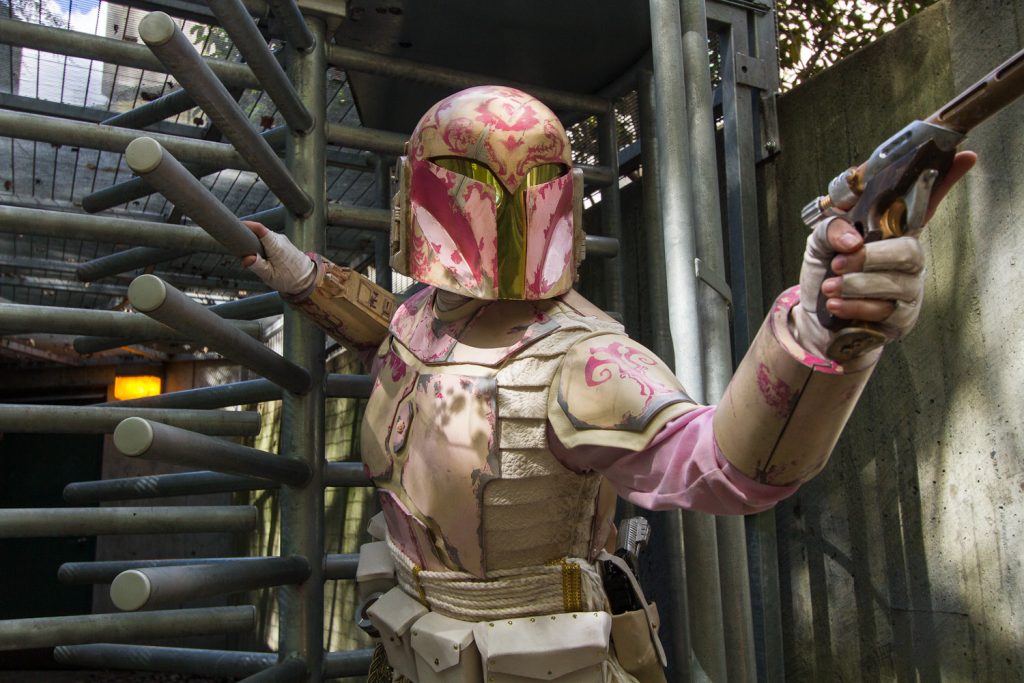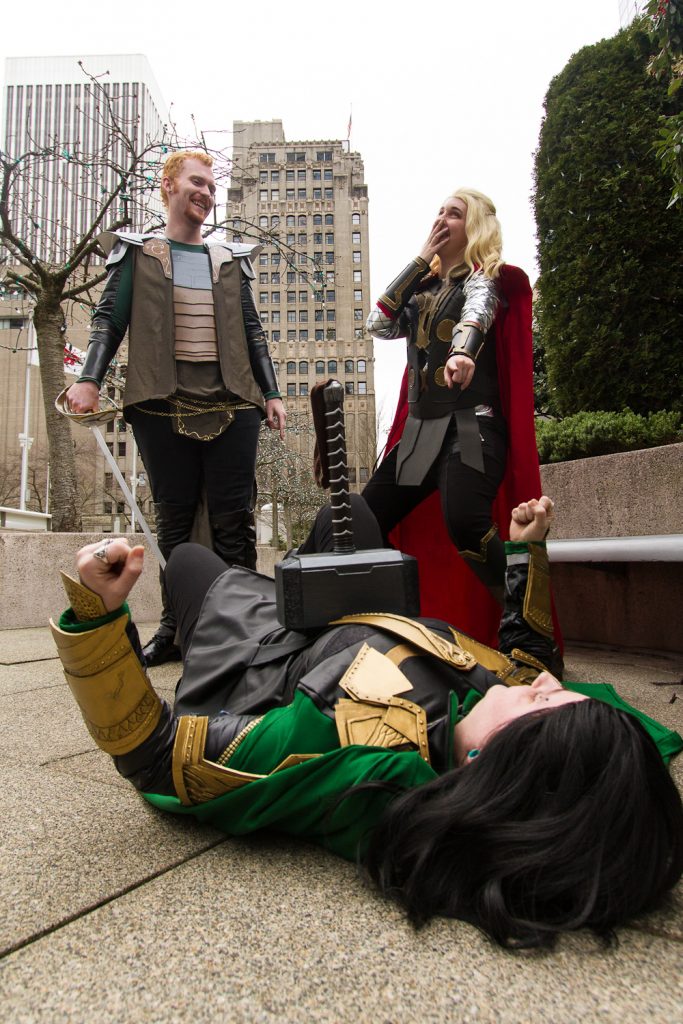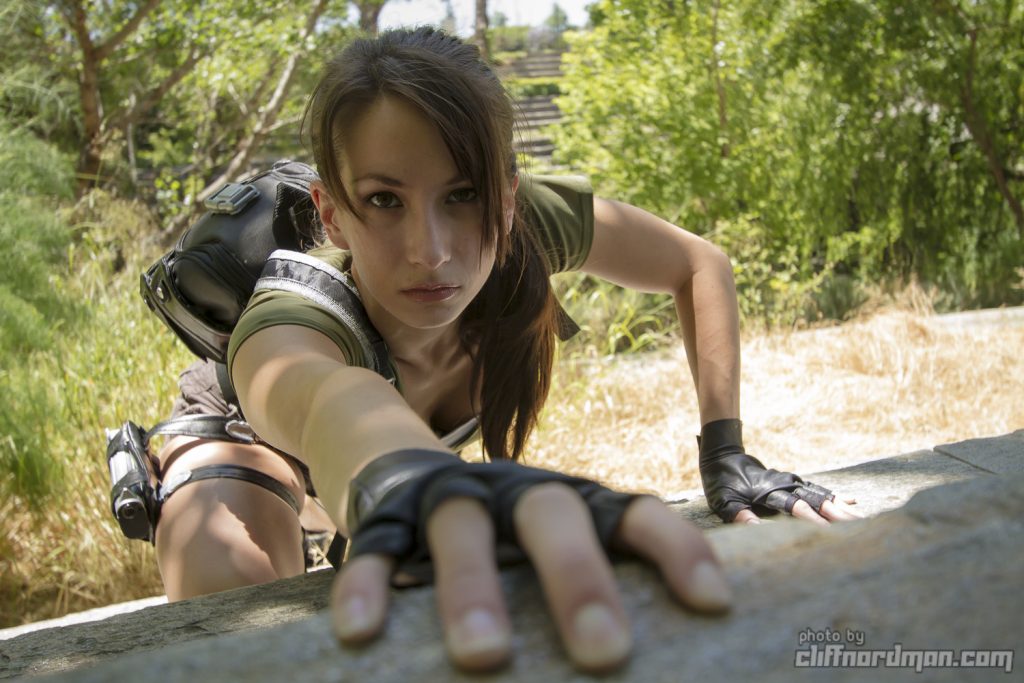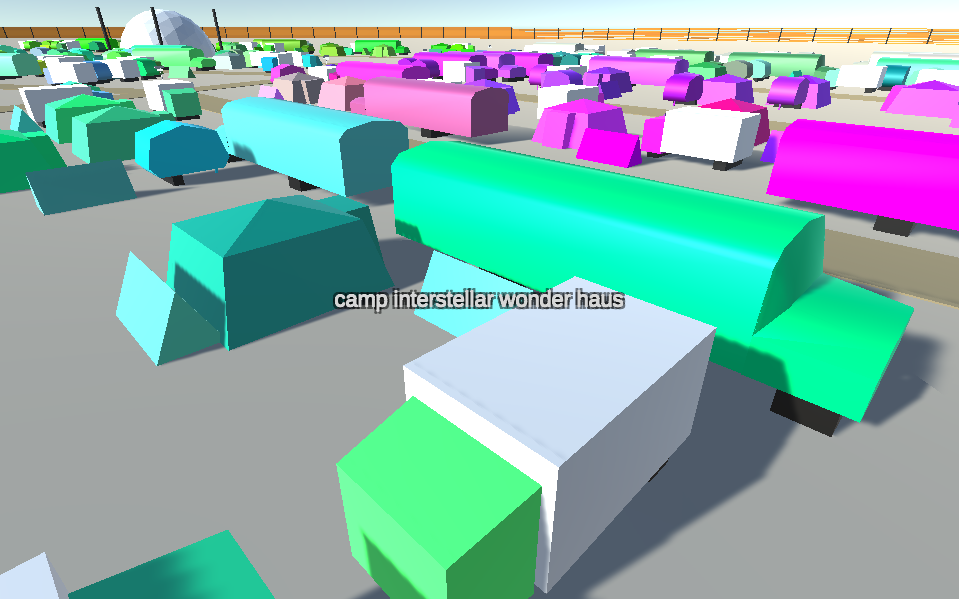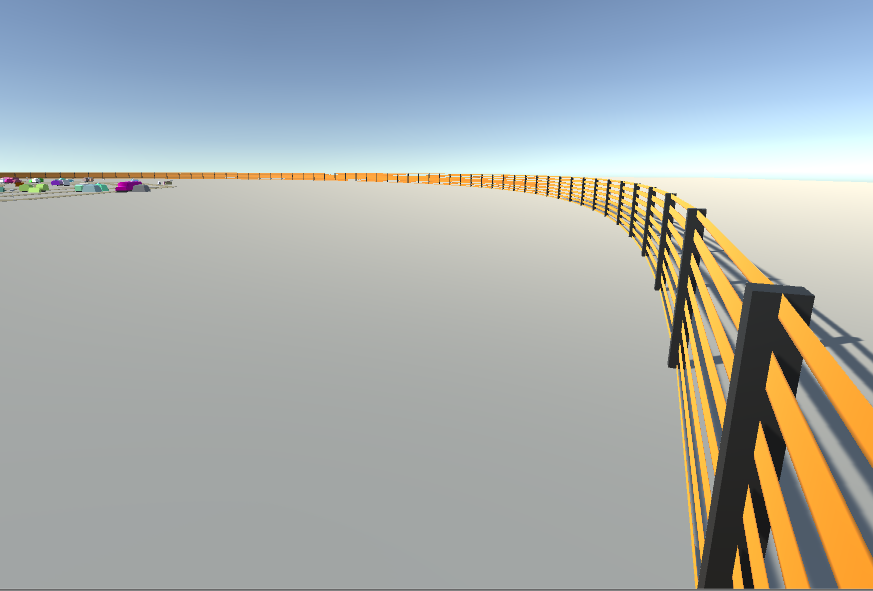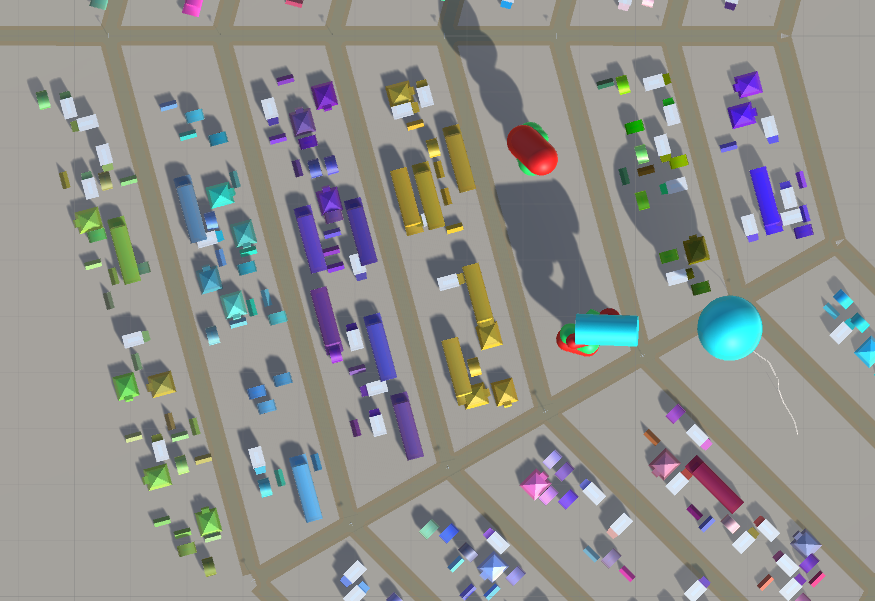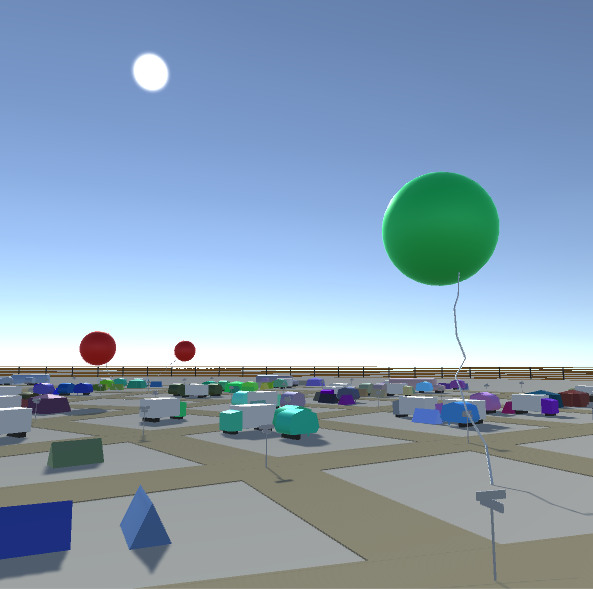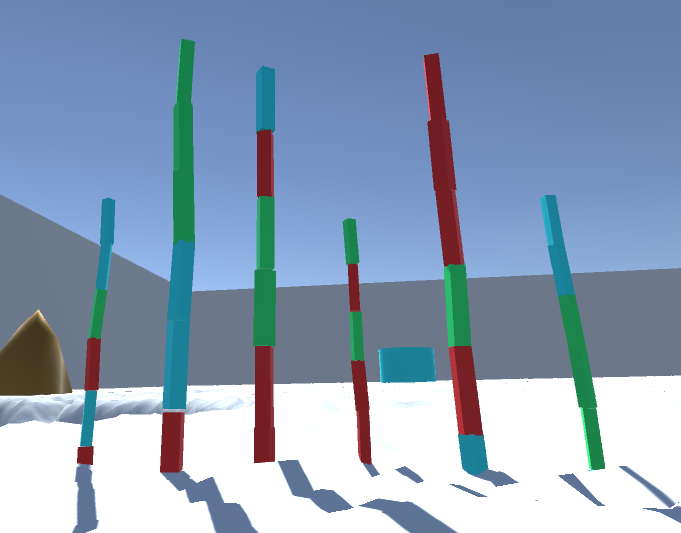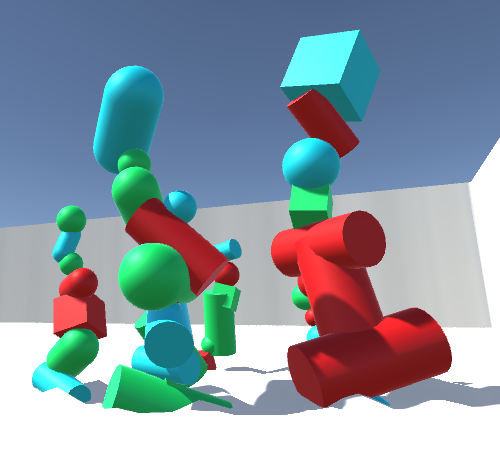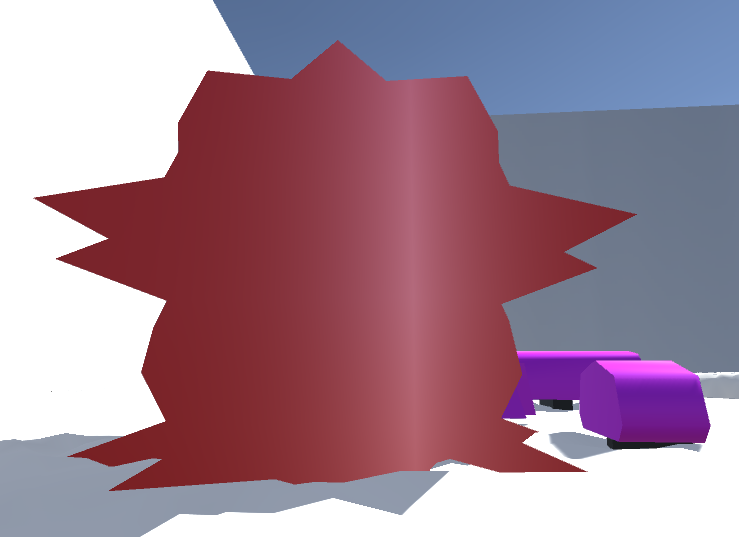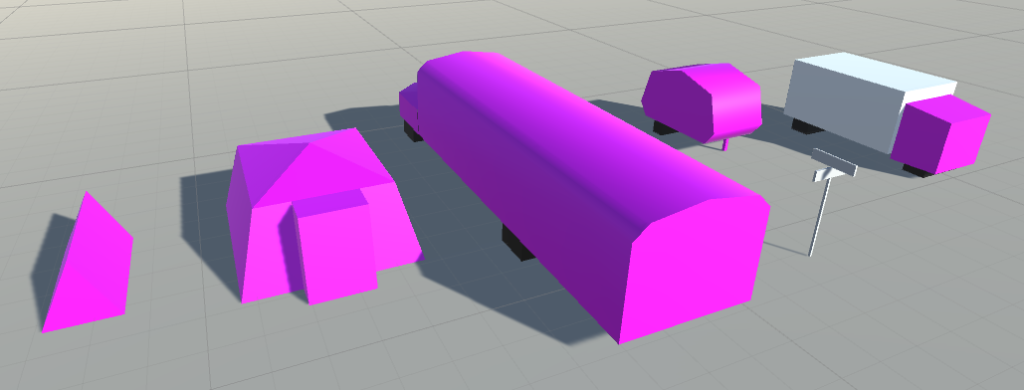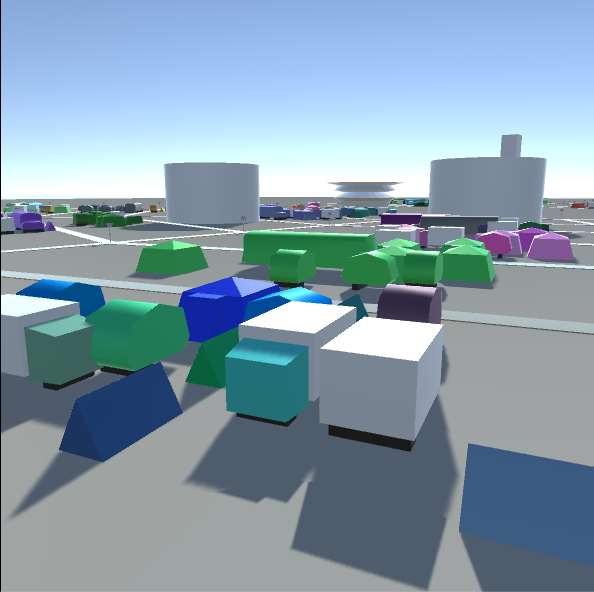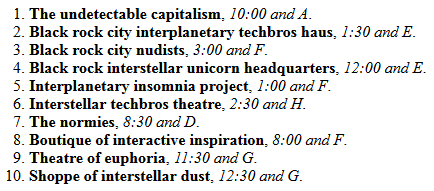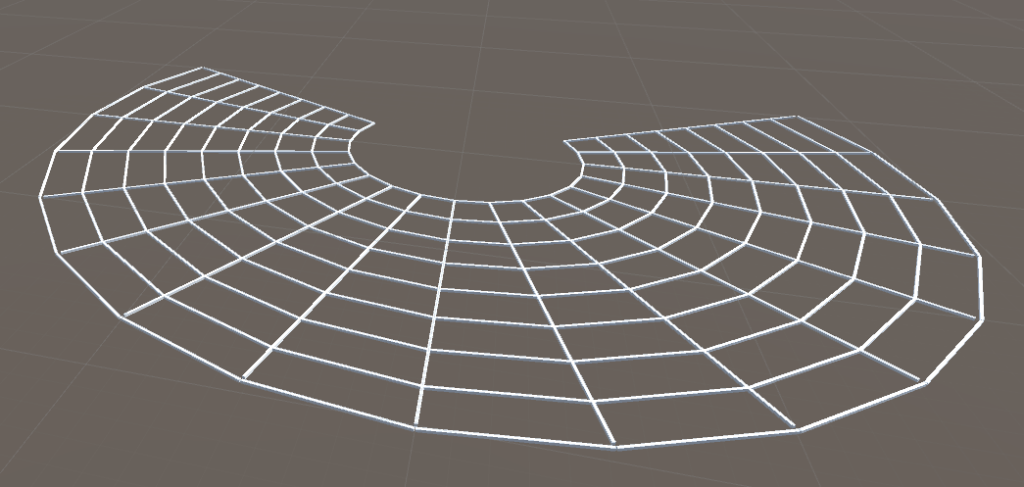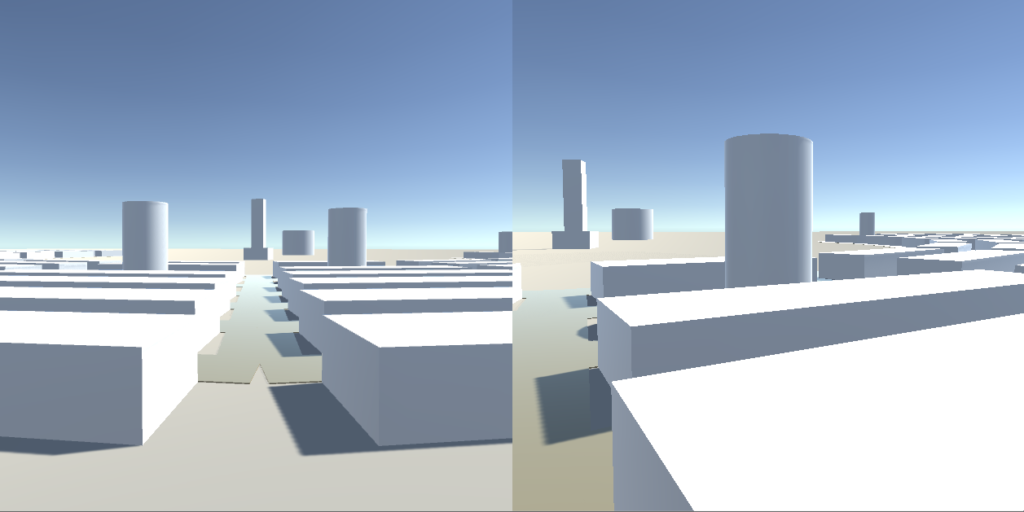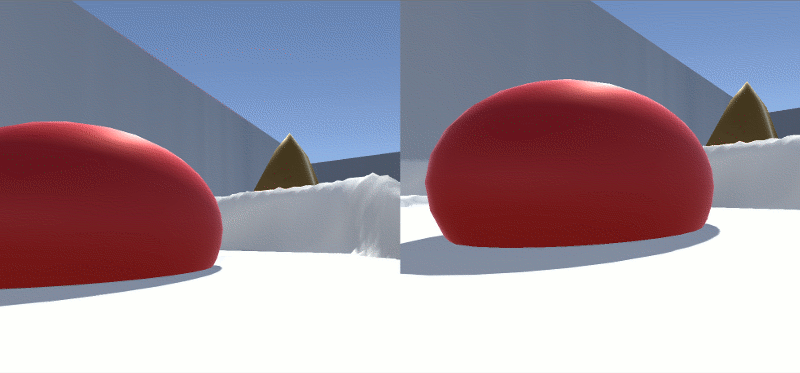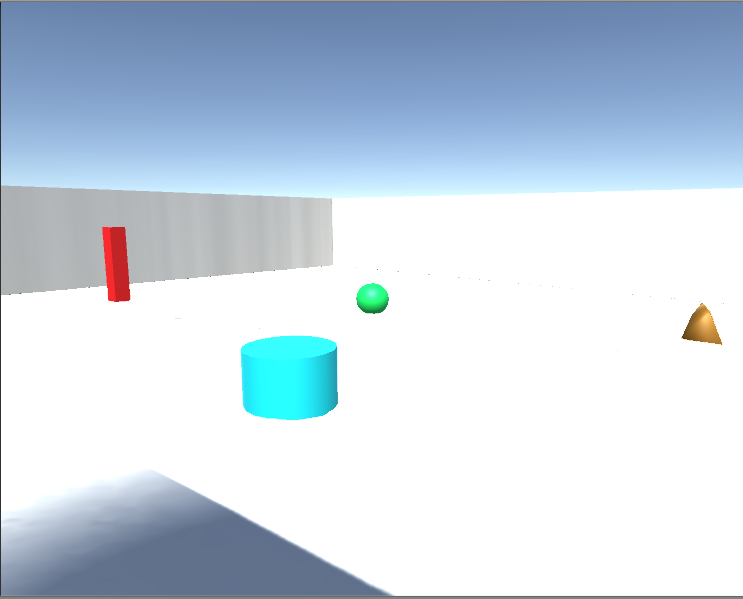Zoom/Magnification/Field of View/Focal Length
Focal length is measured in millimeters from the front of the lens to the back. A prime lens has only one focal length, e.g. a 50mm lens. Zoom lens can zoom in and out and have a range of focal lengths, like 28-135mm. A small focal length, like 10mm or 28mm is wide-angle. Large numbers like 135mm or 200mm are telephoto and magnify a small area, like a telescope.
Wide angle
A wide-angle lens will exaggerate poses, which is good for fun, energetic moods. It’s dramatic, but can easily look weird or unnatural. Small changes in subject’s pose and your camera position can have a big impact, so if a picture looks weird, make some adjustments.
Wide-angle images have a lot of distortion around the edges, so avoid putting people’s faces near the edges.
Wide angle lens will include a lot of the background, so it’s more important to have a background that you actually want in the photo.
Telephoto
Telephoto lenses let you fill the frame with a subject even from a good distance away. That can be nice, but sometimes you won’t have enough room to properly use a telephoto lens. Telephoto lenses have less distortion than wide-angle lenses, so they are good for photographing faces.
Telephoto lenses compress distance and make things look closer together. Compare the two photos below. The distance from gun to face is about the same in both, but they feel very different.
Wide-angle lens: high distortion, expanding distance
Telephoto lens: low distortion, compressed distance
Depth of field
Depth-of-field is a range of distances from the camera in which objects are in focus. Small f-stop numbers like f/2.8 give shallow depth-of-field. Big f-stop numbers like f/16 or f/22 give a deep depth-of-field.
Shallow
Shooting “wide open” with the smallest possible f-stop lets in the most light and has the shallowest depth of field. This is good for isolating the subject and melting the background into blurs, called “bokeh” That’s good for calling attention to one object, making the background less distracting, and for being pretty in general.
The drawback of shallow depth of field is that only one thing is in focus. The photo above shows one dancer very well, but the dancer behind her is completely blurry.
A closeup with a narrow depth of field could have a depth of field of one inch or even less! See how her cheek and hair on camera left are out of focus, while the eye on camera right is sharp. Be very careful with your focus in these situations. Focusing on the near eye is a safe play.
If you’re photographing more than one person, either be very careful to get them all the same distance from the camera, or increase your f-stop so the depth-of-field is big enough to cover all of them.
See how the background isn’t as blurry in this shot of two characters? That’s because my depth of field is bigger to make sure they are both sharp.
Deep
Use a big f-stop number (f/16, f/22) to get deep depth of field. Beware that this reduces the amount of light coming through the lens, so you’ll have to trade exposure time or ISO.
It’s easy to get multiple people in focus, even if they are different distances to the camera
Everything is mostly in focus, so the subjects feel more connected to their surroundings. That’s a benefit when you have a nice background.
Everything is mostly in focus, so distractions in the background are hard to hide. That’s a drawback when the background is messy, ugly, or hard to control.
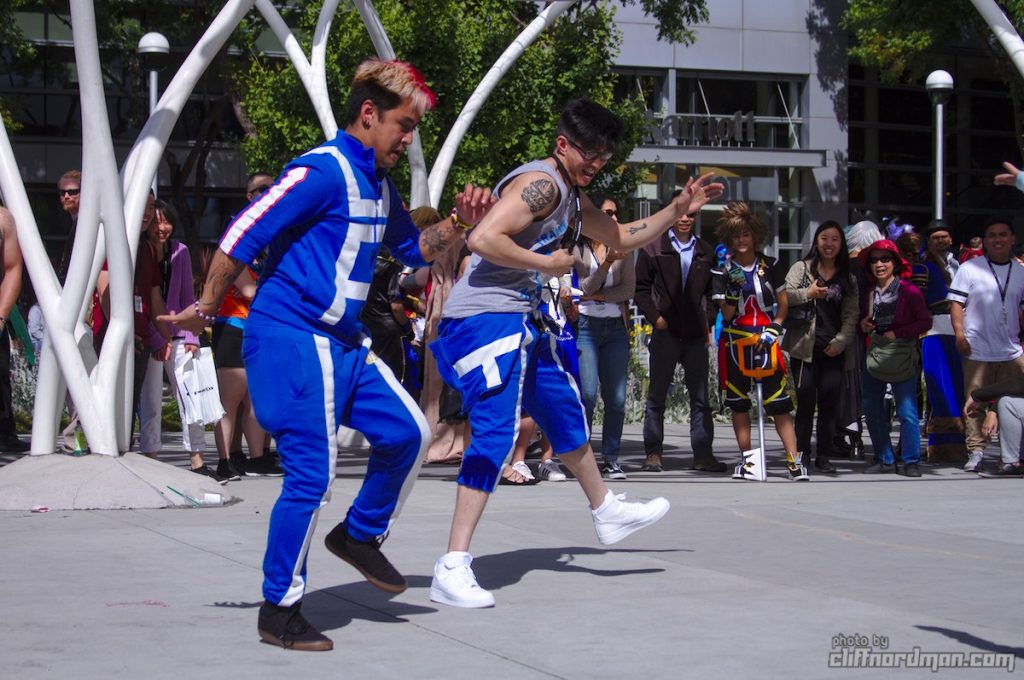
Some artistic things I like
It will take a while to figure out the exact kind of photo you like to make. Try lots of things and pay attention to how you and your subjects react to them! What I love may be boring or ugly to you and that’s OK! Even if you don’t like the following examples, think about why you dislike them and you may get closer to what you do like.
People interacting
Interaction is specific and revealing. I like portraits that show who people are (or who they are pretending to be) and interacting with others can be a way to reveal that.
Backgrounds: use them or lose them
If I can, I want the background of a photo to be part of the story. That can be challenging. I have to know the subject’s story and be able to walk to a place that matches.
Interacting with the environment is active and specific. This picture wouldn’t exist without the fallen log.
If I can’t find a good background, I aim for a non-distracting background…
…or melt the background into irrelevance with bokeh (What camera setting would do that?)
Depth and layers
I like things happening at all different distances from the camera.
